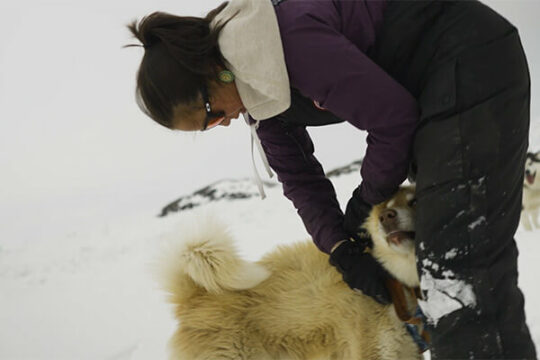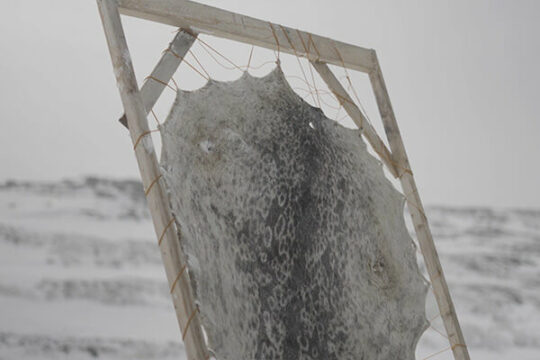Your Home. Your Land. Your Decision.
Nunavut Land Use Plan, the largest regional land use planning initiative in the world.
About the Plan
After more than 15 years of engagement and consultation, the fifth draft of the plan is ready for finalization. When finalized, the Plan, covering more than 2 million km2 of land, water, and ocean, will be the largest regional land use plan in the world.
The Nunavut Land Use Plan is the largest piece of unfinished business from the Nunavut Agreement which was signed in 1993. The Nunavut Land Use Plan is the missing piece for Inuit to fully participate in decision-making concerning the use, management and conservation of land, water and resources.
Limited Use Areas
Limited Use designations will safeguard approximately 27% of habitat. Limited Use Areas meet all the international criteria of a Protected Area and trigger the requirement for an Inuit Impact Benefit Agreement required by Article 9 of the Nunavut Agreement.

– Paul Quassa, Former Primer NPC Commission Chair
What was Said
Over the past 12 months, multiple community hearings were held in an attempt to better understand the viewpoints of those living in communities most affected by the Plan. Explore the link below to see what these communities members had to say.
View Clips > Opens in new tab



